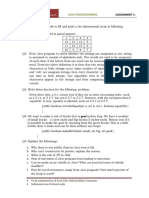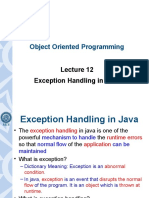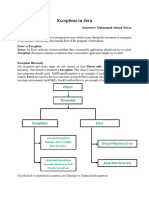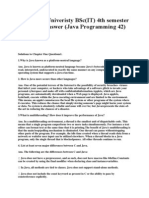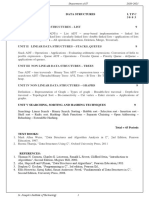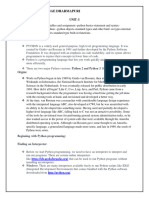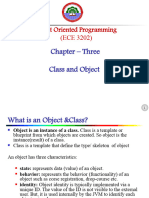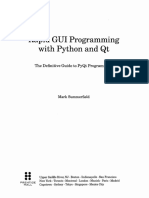0% found this document useful (0 votes)
174 views72 pagesChapter-4-Inheritance and Polymorphism
This document discusses inheritance and polymorphism in object-oriented programming. It defines inheritance as a mechanism where one object acquires the properties and behaviors of a parent object. The key advantages of inheritance are code reusability, code maintenance, and implementing object-oriented principles. Inheritance is implemented using the "extends" keyword in Java. The document provides examples of single, multi-level, and hierarchical inheritance and discusses superclass and subclass relationships.
Uploaded by
Eden AdmasuCopyright
© © All Rights Reserved
We take content rights seriously. If you suspect this is your content, claim it here.
Available Formats
Download as PPTX, PDF, TXT or read online on Scribd
0% found this document useful (0 votes)
174 views72 pagesChapter-4-Inheritance and Polymorphism
This document discusses inheritance and polymorphism in object-oriented programming. It defines inheritance as a mechanism where one object acquires the properties and behaviors of a parent object. The key advantages of inheritance are code reusability, code maintenance, and implementing object-oriented principles. Inheritance is implemented using the "extends" keyword in Java. The document provides examples of single, multi-level, and hierarchical inheritance and discusses superclass and subclass relationships.
Uploaded by
Eden AdmasuCopyright
© © All Rights Reserved
We take content rights seriously. If you suspect this is your content, claim it here.
Available Formats
Download as PPTX, PDF, TXT or read online on Scribd
/ 72











